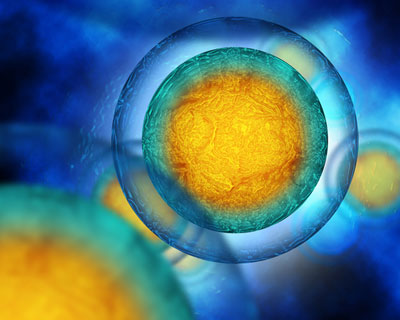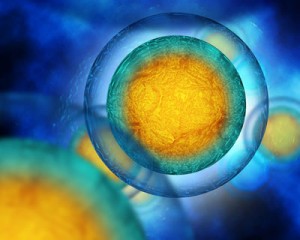Non-steroidal anti-inflammatory drugs (NSAIDs) inhibit ovulation after just 10 days
Posted: 11 June 2015 |
The results of a study presented at EULAR 2015 show that NSAIDs, such as diclofenac, significantly inhibit ovulation in women with mild musculoskeletal pain…


The results of a study presented at the European League Against Rheumatism Annual Congress (EULAR 2015) show that non-steroidal anti-inflammatory drugs (NSAIDs), such as diclofenac, naproxen and etoricoxib, significantly inhibit ovulation in women with mild musculoskeletal pain.


Of the women receiving NSAIDs, only 6.3% (diclofenac), 25% (naproxen) and 27.3% (etoricoxib) ovulated, compared with 100% of the control group.
These findings suggest that readily available non-steroidal anti-inflammatory drugs (NSAIDs) could have a harmful effect on fertility, and should be used with caution in women wishing to start a family.
Researchers saw a significant decrease in progesterone after just ten days
“After just ten days of treatment we saw a significant decrease in progesterone, a hormone essential for ovulation, across all treatment groups, as well as functional cysts in one third of patients,” said study investigator Professor Sami Salman, Department of Rheumatology, University of Baghdad, Iraq. “These findings show that even short-term use of these popular, over-the-counter drugs could have a significant impact on a women’s ability to have children. This needs to be better communicated to patients with rheumatic diseases, who may take these drugs on a regular basis with little awareness of the impact.”
NSAIDs are among the most commonly used drugs worldwide, and are taken by more than 30 million people every day. Available without prescription, NSAIDS are largely used for the treatment of pain, inflammation and fever – all common features of rheumatic conditions.
After ten days, the dominant follicle remained unruptured in 75% of patients receiving diclofenac
Thirty nine women of childbearing age who suffer from back pain took part in the study, and received diclofenac (100mg once daily), naproxen (500mg twice daily) and etoricoxib (90mg once daily) or placebo. Treatment was given for 10 days from day 10 of the onset of the menstrual cycle; hormonal analysis (progesterone level) and follicle diameter were conducted via blood sample and ultra sonsography respectively. At the end of the NSAID treatment period, the dominant follicle remained unruptured in 75%, 25% and 33% of patients receiving diclofenac, naproxen and etoricoxib respectively. Rupturing of the dominant follicle, and subsequent release of an oocyte (unfertilised egg), is essential for ovulation to occur.
The presentation is published in the journal Annals of the Rheumatic Diseases.



